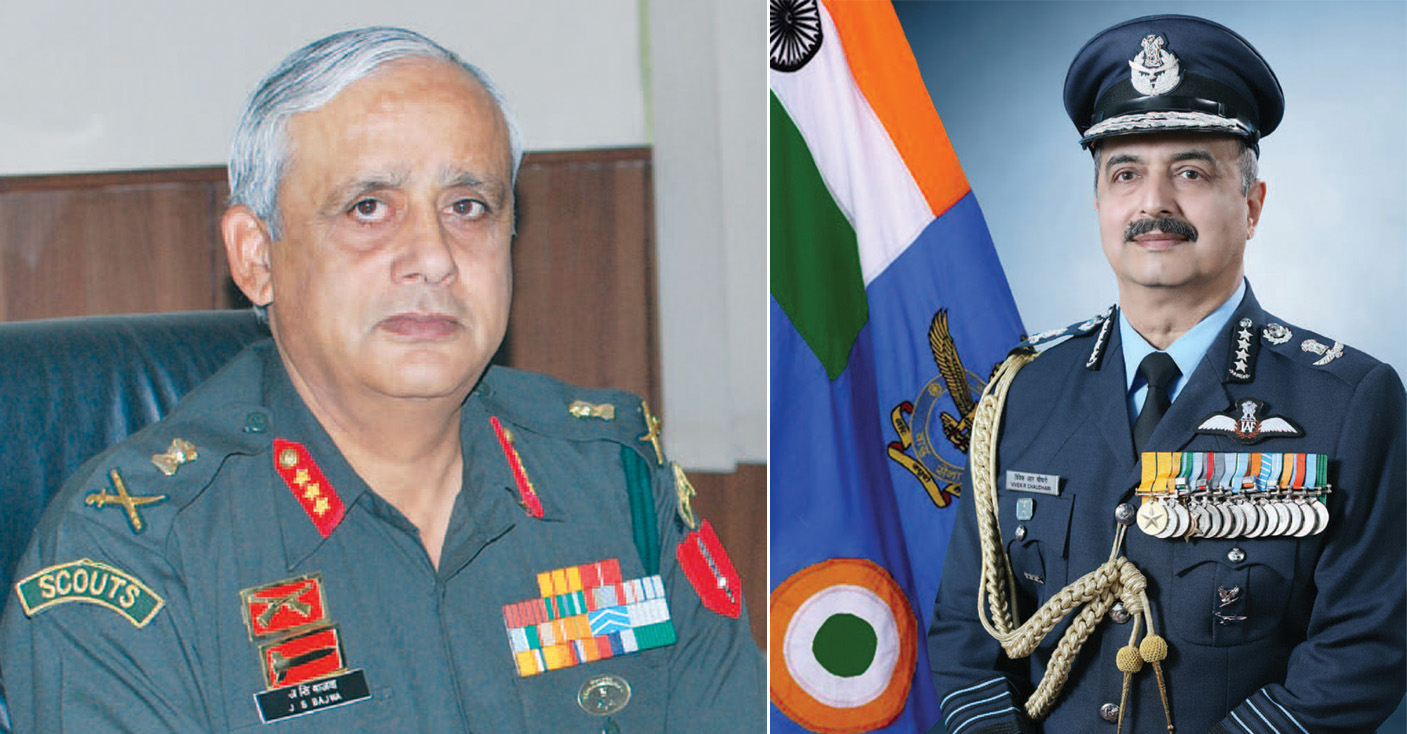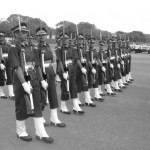Lt Gen JS Bajwa – Editor Indian Defence Review (IDR) had the unique privilege to interview the Air Chief Marshal Vivek Ram Chaudhari, PVSM, AVSM, VM, ADC. Details of the candid response of the Chief of the Air Staff to the IDR’s pointed questions are given below:–
The Indian Air Force (IAF) Doctrine of 24 June 2022, states that one of the applications of near space and space includes Intelligence, Surveillance and Reconnaissance (ISR). Orbiting satellites have their limitations due to their pass over an area and span of coverage. MiG-25(R) performed a remarkable role particularly across the Western Border, but had certain limitations over the Northern Borders. Currently, there is a vast array of equipment and flying assets that are being attributed ISR capabilities in the IAF. However, with the limited assets available is the ISR capability of the IAF adequate to undertake this task in a two-front scenario?
IAF has adequate capability to undertake ISR, even in a two-front scenario. However, as with any capability there is a need to constantly evolve to meet future requirements. While it is true that aerial assets contribute significantly towards generating comprehensive ISR; they are not the only contributing component. With increased synergy of ISR elements, not only within the three Services; but across all national Intelligence agencies, availability of strategic, operational as well as tactical intelligence has improved significantly. Additionally, with higher availability of satellites, both indigenous, as well as commercial, “deeper ISR look” is also available. Our ISR potential is constantly being enhanced with the SBS programme in the space domain and with long range, high endurance, multi payload manned and unmanned platforms in the aerial domain. Indigenous capabilities inclusive of Govt & private, small & large, ‘normal’ & cutting edge are being exploited, thus leveraging, expanding and retaining the wherewithal of national ISR capability.
The current strength of the IAF is well below the sanctioned strength of 42 squadrons and this is a reality. Today India faces a collusive threat from its immediate neighbours in the West and North. If this threat can be adequately met with the current force levels, as is claimed, then why is a 42 squadron air force required at all?
IAF currently has 31 fighter squadrons and will be inducting 83 LCA Mk1A from 2024 onwards. We are also processing a case for additional LCA Mk1A. Going by the envisaged timelines for induction of the LCA Mk2 and AMCA, the IAF is also pursuing the case for induction of 114 MRFA to bridge the gap of depleting squadron strength and to have adequate numbers of 4.5 gen aircraft.
In order to achieve and maintain the required degree of control of air, operations like Air Defence, Air interdiction, Maritime operations, Air Dominance and Air Denial would need to be carried out. IAF’s area of interest stretches from the Strait of Hormuz to the Malacca strait. To be able to project air power and effectively counter our adversaries, it is prudent that, we be equipped with 42 squadrons.
In any future war scenario IAF will be operating in a very dense Electronic War and highly active offensive cyber environment. Since the Air Force is heavily dependent on the electronic spectrum for its effective operational functioning, how is the IAF insuring that its systems are suitably protected for uninterrupted effectiveness?
Adequate and proactive measures are adopted by IAF in Cyber and EW domains to ensure freedom of operations and their effectiveness during operations in a dense Electronic Warfare and highly active cyber environment. Effective utilisation of ECM and ECCM systems and implementation of adequate security controls from the network perimeter to the systems are in place to defend the Net Centric Warfare infrastructure. We are also in the process of developing capability to operate in an environment of denial which will prove decisive in future conflicts.
What is the IAF’s capability to defend vulnerable assets in depth areas against conventional missiles, terrain hugging cruise missiles and such like vectors that India’s adversary has developed and is likely to use in the non-contact phase of a war scenario?
IAF employs a multi-tier Air Defence setup to counter these threats. This includes an array of radars networked into the Integrated Air Command and Control Centre (IACCS). Our AD systems are designed to detect, identify, intercept and destroy different kinds of weapons. We have a healthy mix of surface to air as well as airborne platforms to take on such threats. Integration with Army AD is also underway to make the existing system more efficient and enable seamless operations.
Is there 24x7x365 radar coverage of India’s land and maritime borders?
To ensure seamless radar coverage 24×7, IAF has migrated to Network Centric Sensor and Communication Grid. Displaying IAF prowess in Network Centric Warfare (NCW), Indian air space is under persistent surveillance by multiple types of sensors integrated into a network to provide a composite air situation picture. Airborne sensors like AWACS, AEW&C and Aerostats augment ground based sensors. IAF’s Integrated Air Command and Control System (IACCS) is a System of Systems which integrates various sensors of the three services as well as civilian surveillance radars thereby giving us persistent surveillance capability 24X7X365.





